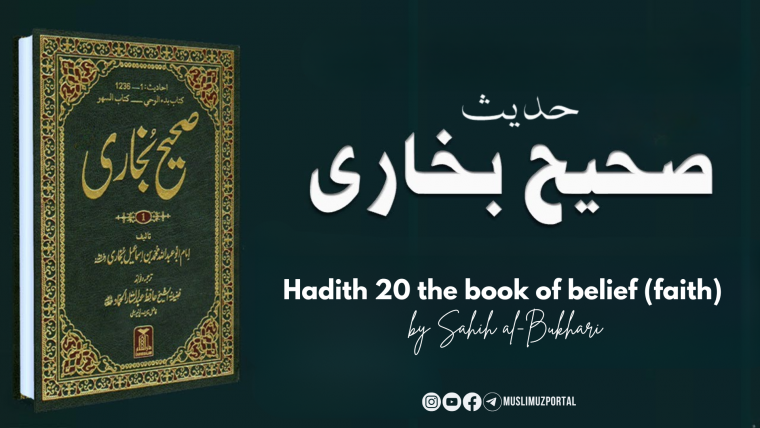Tashkent city



(20) The statement of the Prophet I know Allah تعالیٰ better, than all of you do.
حَدَّثَنَا مُحَمَّدُ بْنُ سَلَامٍ، قَالَ: أَخْبَرَنَا عَبْدَةُ، عَنْ هِشَامٍ، عَنْ أَبِيهِ، عَنْ عَائِشَةَ، قَالَتْ: "كَانَ رَسُولُ اللَّهِ صَلَّى اللَّهُ عَلَيْهِ وَسَلَّمَ إِذَا أَمَرَهُمْ، أَمَرَهُمْ مِنَ الْأَعْمَالِ بِمَا يُطِيقُونَ، قَالُوا: إِنَّا لَسْنَا كَهَيْئَتِكَ يَا رَسُولَ اللَّهِ، إِنَّ اللَّهَ قَدْ غَفَرَ لَكَ مَا تَقَدَّمَ مِنْ ذَنْبِكَ وَمَا تَأَخَّرَ، فَيَغْضَبُ حَتَّى يُعْرَفَ الْغَضَبُ فِي وَجْهِهِ، ثُمَّ يَقُولُ: إِنَّ أَتْقَاكُمْ وَأَعْلَمَكُمْ بِاللَّهِ أَنَا".
Sahih hadith: Narrated 'Aisha: Whenever Allah's Apostle ordered the Muslims to do something, he used to order them deeds which were easy for them to do, (according to their strength and endurance). They said, O Allah's Apostle! We are not like you. Allah has forgiven your past and future sins. So Allah's Apostle became angry and it was apparent on his face. He said, I am the most Allah fearing, and know Allah better than all of you do.
Reference: Sahih al-Bukhari 1: Chapter 2, Hadith 20.